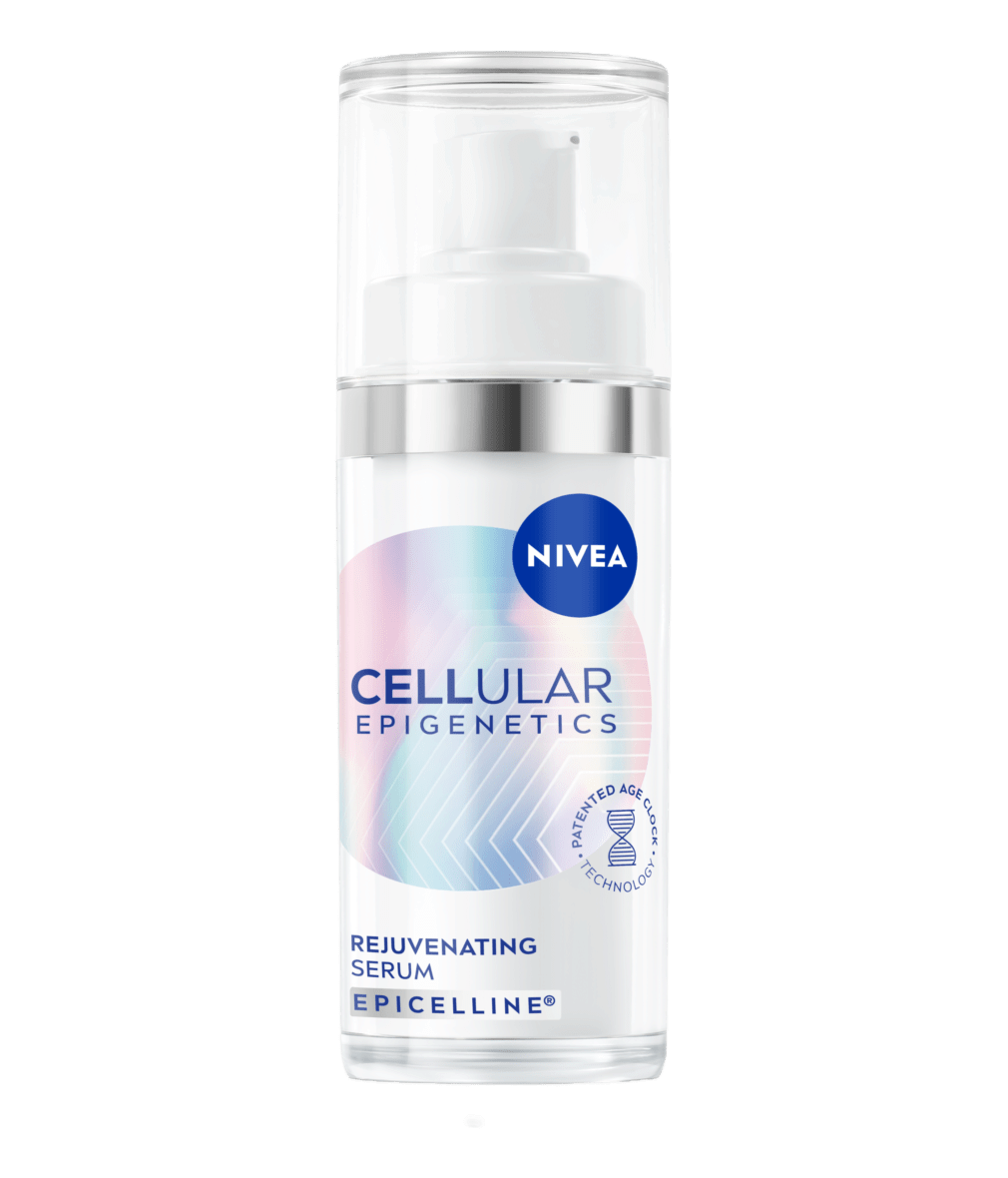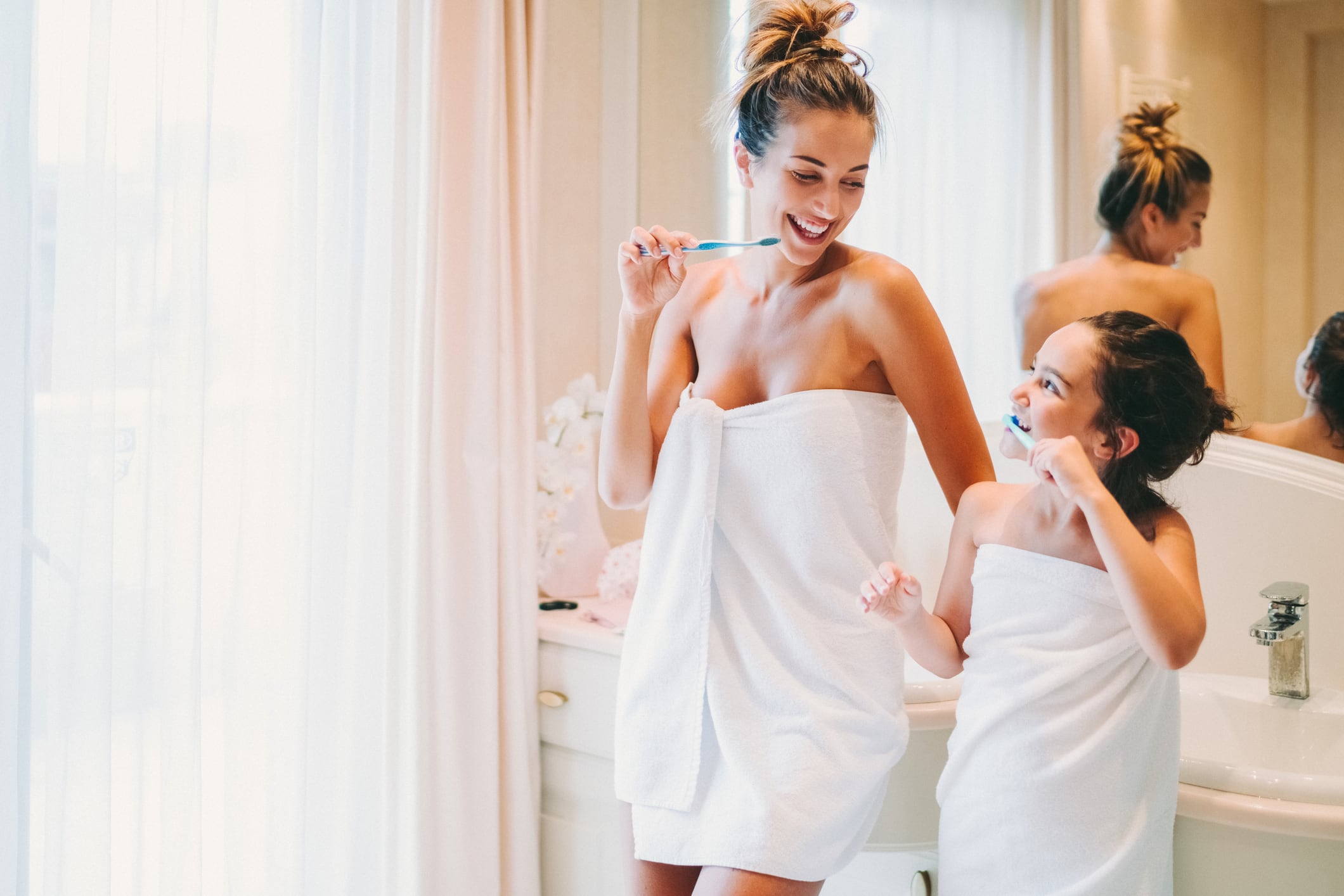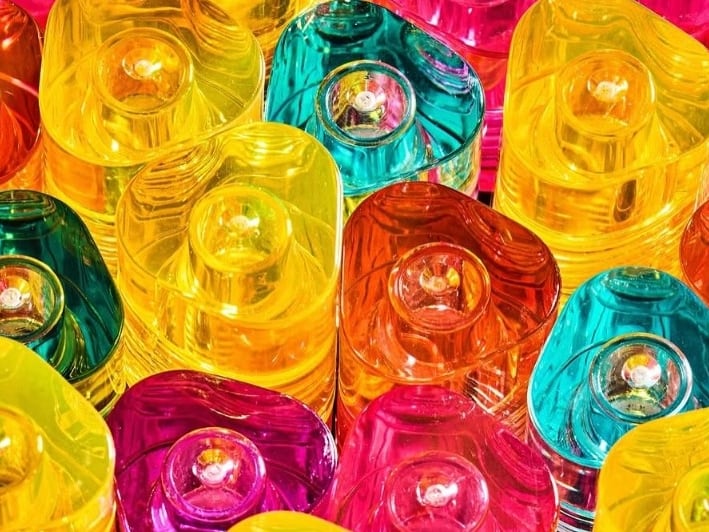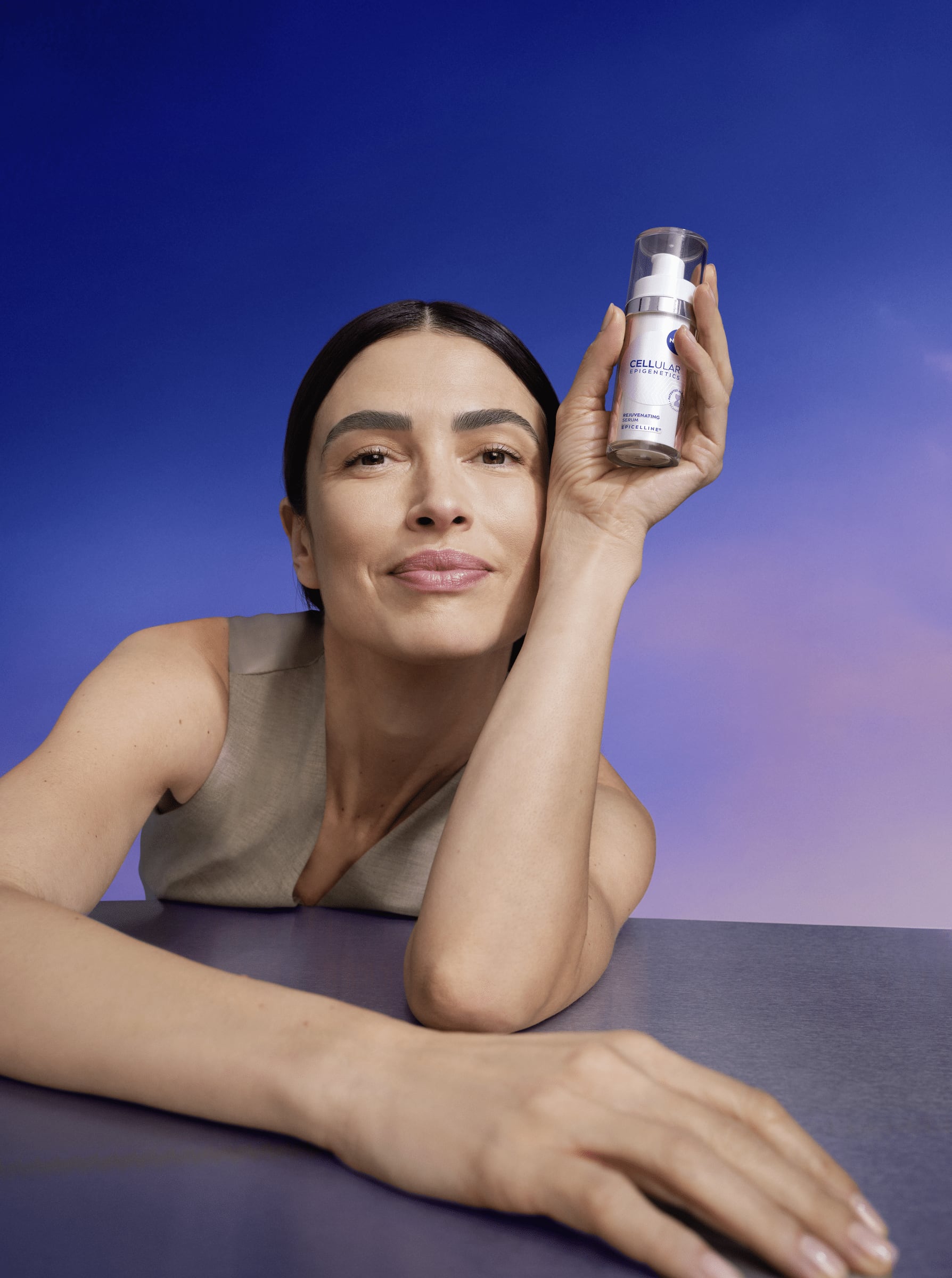Beiersdorf’s recent H1 2025 results showed flatter-than-expected sales for its flagship brand, Nivea. This came as a surprise to many, given the mass-market heritage brand’s long streak of consecutive quarters of impressive growth.
Luckily, its parent company Beiersdorf has a trick up its sleeve and hopes to see sales pick up thanks to its new mass market launch Cellular Epigenetic Rejuvenating Serum, which is formulated with epigenetic technology that was 15 years in the making.

BUT... it’s not just Nivea in this boat. This week, Estée Lauder Companies has reported that Estée Lauder, MAC and La Mer are all underperforming. Shiseido’s Drunk Elephant has also announced that it has seen a decline in sales, Coty’s Covergirl is also struggling. It seems that this is just the tip of iceberg.
While cosmetics has always been a fast-paced, innovation-led industry, the rise of start-ups, the growing influence of TikTok and Instagram as retail channels, and the impact of economic pressures have left established heritage brands scrambling to keep up. But do they need to panic?
“I see this not as a cause for panic, but as a wonderful creative challenge,” said Nick Vaus, Co-Founder & Managing Partner at London-based creative agency Free The Birds.
“Heritage brands don’t need to reinvent who they are. They need to re-energise how they show up for today’s and tomorrow’s consumers. The key is balancing two truths: delighting your core loyalists while authentically attracting new audiences across demographics, genders and age groups.”
See social media as a beauty marketplace
Vaus highlighted one of the biggest shifts in beauty today: how consumers discover and engage with brands.
“TikTok, Instagram and YouTube aren’t just marketing channels—they’re marketplaces of ideas, aesthetics and values,” he said. “For heritage brands, staying relevant here doesn’t mean chasing every trend. It means reflecting the values and visual cues of the channel itself, while staying anchored to your brand’s DNA.”
One recent project by Free The Birds was the design of The Body Shop’s new body mist range, Sweet On You. Fragrance is currently the hottest category in beauty, and body mists are a key area for future NPD. The playful new collection is aimed at Gen Z—perhaps not the audience one would expect The Body Shop to target. Yet behind the bright, TikTok-ready visuals lie the same ethical principles the brand has always championed.
“By channelling innovation into a consumer-first narrative, rather than a one-size-fits-all approach, we helped open a door to a new generation… without closing the one to their loyal base,” said Vaus.
“Packaging is often the first handshake a consumer has with your brand, whether in-store or on a feed,” he continued. “For heritage brands, exploring consumer-centric packaging can be a low-risk, high-reward way to test the waters in new spaces.”
Choose relevance over reinvention
For Vaus, relevance is key: bespoke formulas, channel-specific designs and authentic messaging crafted for the audience you want to reach.
“Not just repurposed products dressed up in new clothes,” he said. “When you get that balance right, something powerful happens—you don’t just win customers, you build a community.”
“Even small but highly engaged ecosystems can offer invaluable insights, fuelling future evolution and ensuring heritage brands don’t just survive the swirl, but thrive in it.”
As a final thought, Vaus noted that in the coming years, the beauty category will shift, collapse, twist and reinvent itself more than ever before.
“For heritage brands, the choice is clear,” he said. “Adapt creatively, or risk being left behind.”
As a brand specialist in this space, he views this moment “not as a threat, but as one of the most exciting opportunities of our time.”





